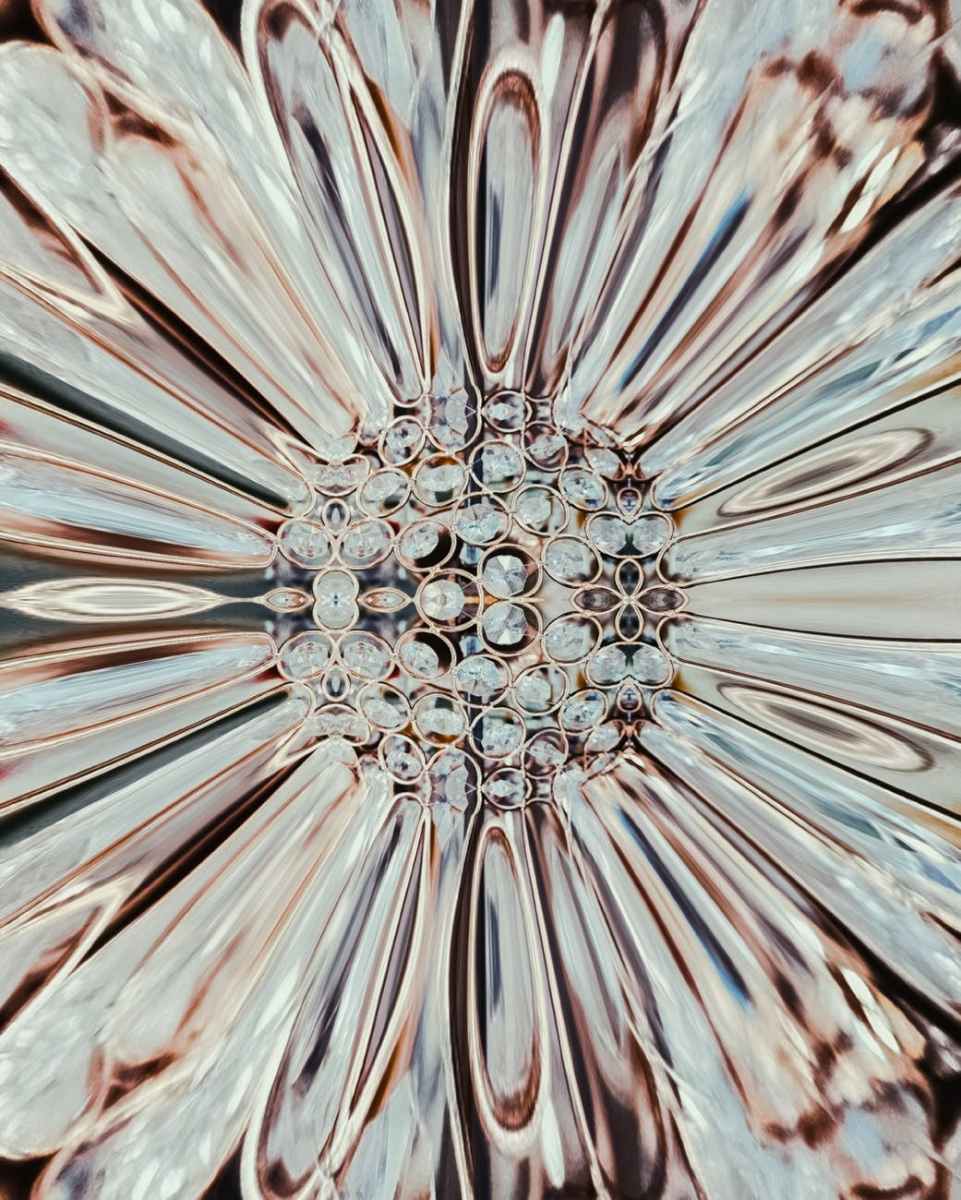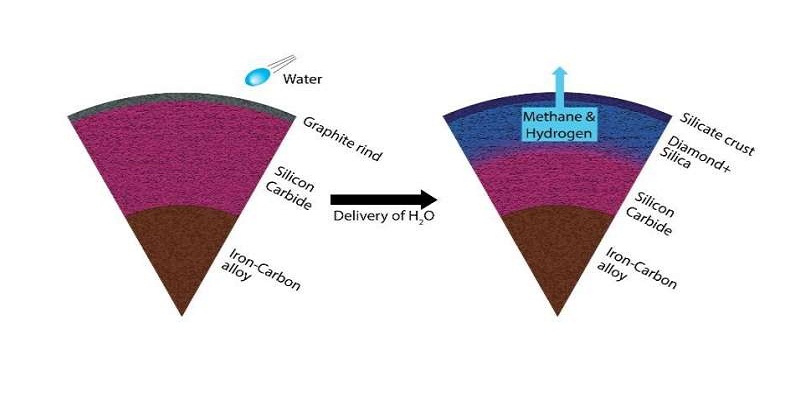
A team of researchers from Arizona State University (ASU) and the University of Chicago has determined that some carbon-rich exoplanets, could be made of diamonds and silica. These exoplanets are unlike anything in our solar system.

When stars and planets are formed, they do so from the same cloud of gas, so their bulk compositions are similar. A star with a lower carbon to oxygen ratio will have planets like Earth, comprised of silicates and oxides with a very small diamond content. In which earth’s diamond content is about 0.001%. The exoplanets around stars with a higher carbon to oxygen ratio than our sun are more likely to be carbon-rich. According to the hypothesis that these carbon-rich exoplanets could convert to diamond and silicate, if water were present, creating a diamond-rich composition. With high heat and pressure, the silicon carbide reacted with water and turned into diamonds and silica.

Planetary scientists and astrobiologists are using sophisticated instruments in space and on Earth to find planets with the right properties and the right location around their stars where life could exist. So far, we have not found life on other planets, but the search continues. The carbon-rich planets are too hard to be geologically active and this lack of geologic activity may make atmospheric composition uninhabitable. Atmospheres are critical for life as it provides us with air to breathe, protection from the harsh environment of space, and even pressure to allow for liquid water.

Post Your Comments